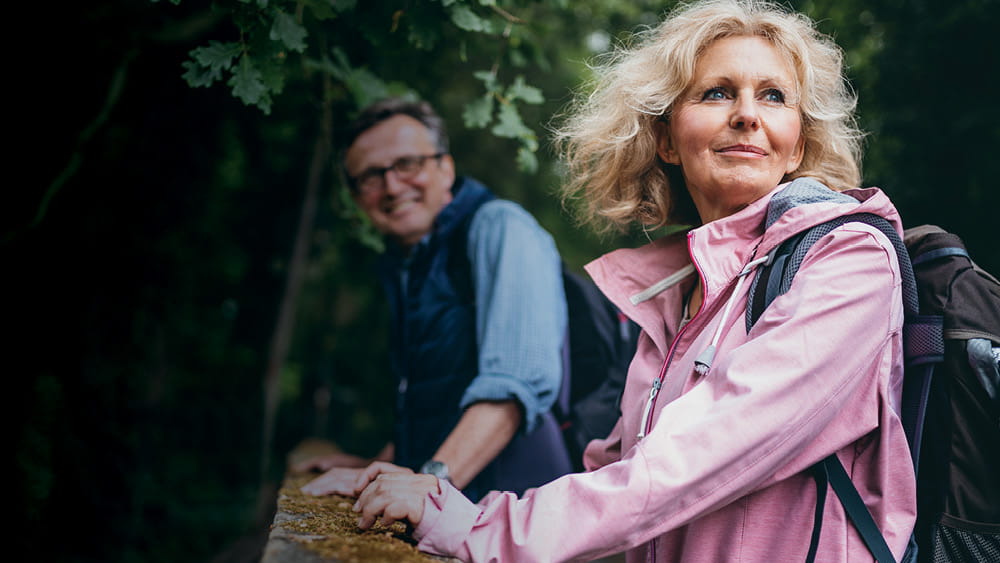Notice that your doctor has ZERO RESPONSIBILITY IN YOUR RECOVERY.
7 Ways to Maximize Your Recovery After a Stroke

After suffering a stroke, the journey of recovery is different for every person. Depending on the severity of the stroke, recovery may take weeks, months, or years. While some patients may not regain all of their original abilities, evidence has shown that physical rehabilitation, and speech and cognitive therapy can help them recover.
Cecilia Ransom, MD, is the Chair of the Department of Physical Medicine and Rehabilitation with Rochester Regional Health and shares several ideas about how stroke survivors can best focus their energy to improve their chance of recovery.
1. Start rehabilitation ASAP
The rehabilitation process starts at the acute phase of care (typically within three days of a stroke). This often begins in the hospital starting with inpatient rehabilitation, or at a skilled nursing facility, and extends to different outpatient locations, such as supportive in-home care or outpatient rehab. The quicker you can start on your recovery journey, the sooner your body and mind can heal.
At Golisano Restorative Neurology & Rehabilitation Center, our team takes pride in the excellence of the services we provide, and assuring every patient the highest possible standards of care. Our Stroke Rehabilitation team helps patients restore their abilities and regain their independence in several areas, including:
- Daily living skills (eating, dressing, grooming, bathing, and homemaking)
- Mobility and adjustment to adaptive equipment
- Bowel and bladder management
- Communication through speaking & writing
- Swallowing
- Improving memory & judgement
- Speech and language
- Balance and coordination
- Psychological adjustment
2. Keep the rehab going
The most effective technique in reaching your full potential after a stroke is through repetition. Neuroplasticity is the brain’s ability to change and adapt as a result of experience, which is why it is so important to practice tasks over and over again.
Even as you make progress, continue with your physical, speech, occupational, or other types of rehabilitative therapy that has been recommended for you. Continuing to press into your efforts with therapy and engaging in a maintenance program will help your brain and body grow stronger.
3. Set realistic goals
( So you immediately start setting the tyranny of low expectations as low as possible? Wrong, wrong, wrong! You fucking DEMAND YOUR STROKE PROVIDERS GET YOU 100% RECOVERED.)As you start on your path to rehabilitation, Dr. Ransom suggests
setting reachable goals and marking your rehabilitation process in small
steps. Have honest conversations with your providers and therapists
about your expectations and plans for the short term and long term.(Your honest conversations requires them to explain EXACTLY WHY THEY HAVE NOTHING TO GET YOU RECOVERED!)
“Our relationships with patients are rooted in trust and compassion,” Dr. Ransom said. “We want to hear what motivates each person to make a strong recovery, help them make a realistic plan,(You're suggesting the tyranny of low expectations again. I'd fire anyone who uses that) and then work with them to fulfill their expectations.”
4. Don't Get Discouraged
For many patients, levels of progress can begin to plateau after about 3 months of therapy.
Not seeing exponential recovery continue can be frustrating. Even though your recovery level is not continuing to grow as rapidly as it once was doesn’t mean you are doing anything wrong; it is important not to get discouraged.
“You may not be able to see as much progress as you may like, but your brain is busy getting stronger as you are putting in the effort,” Dr. Ransom said. “Continue to work at your recovery. The more work you put into building up strength in your brain, the more those new routines and habits become engrained in your mind”
5. Eat & move well
Regular exercise and healthy eating habits are two behaviors that are encouraged to sustain a healthy lifestyle – and help with recovery from stroke.
A diet focused on more vegetables, whole grains, and healthy proteins will give your body the right kind of energy to recover well. These choices, combined with 30 minutes of moderate exercise each day, can help the body function at its optimal levels and help you strengthen your body and mind.
6. Continue to follow up
According to the American Heart Association, 1 in 4 stroke survivors have another stroke within the next 5 years. So while checking back in with your healthcare providers may seem trivial, it is very important in making sure you are making progress in your recovery and reducing your risk for a recurrent stroke.
If your primary care provider, physiatrist, and neurologist schedule
follow-up appointments, make them a priority.
(Why? Your doctor knows nothing and does nothing for your recovery!)Identifying your areas of
improvement can be key to seeing how your recovery is going – and also
vital to any potential signs of recurrent stroke or degeneration.
7. Find support
Building a support system, both within the home and in your community, can be the key to a quick and successful stroke therapy process.
Rochester Regional Health offers a free monthly clinic dedicated to post-stroke care and education. Organized and staffed by the Rochester Regional Health stroke education team, this group offers the opportunity to connect with other stroke survivors while discussing special topics and sharing resources that benefit post-stroke survivors and their loved ones.
No comments:
Post a Comment